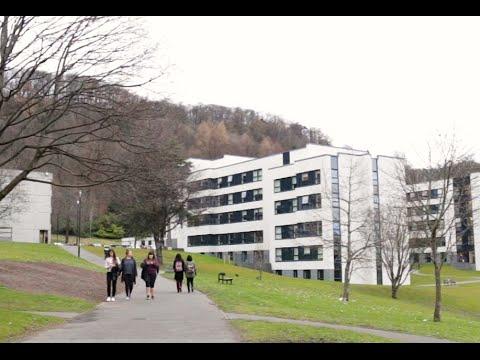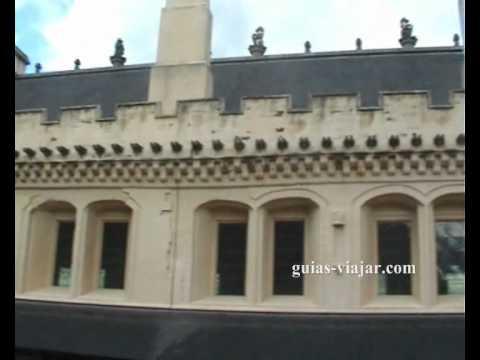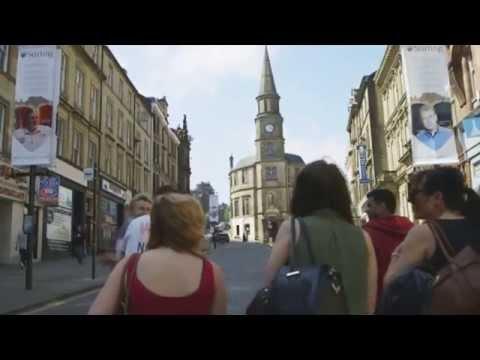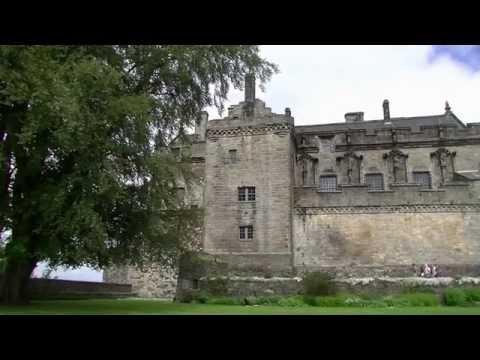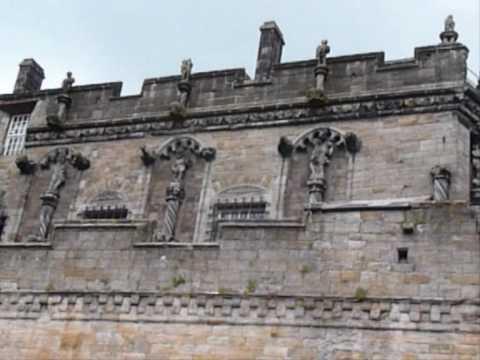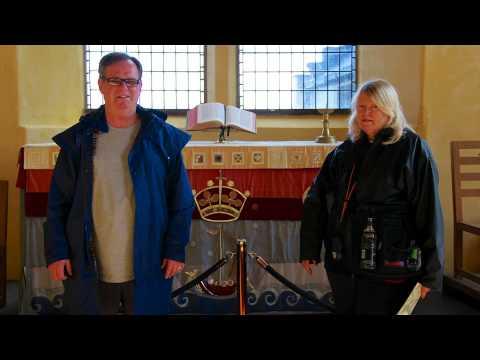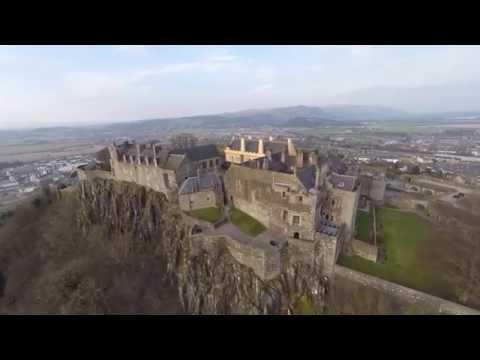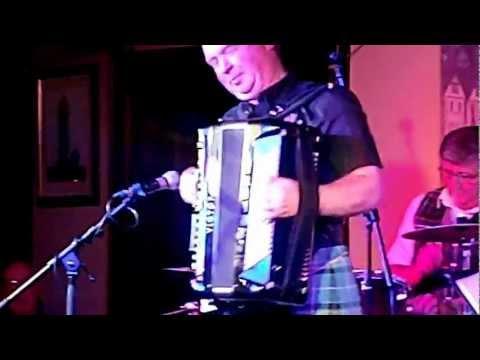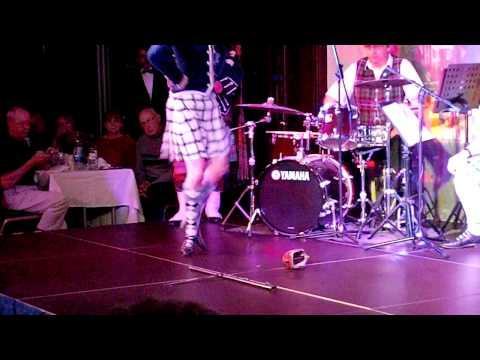Stirling,Scotland (Stirling University)
Description
Stirling (Gaelic: Sruighlea, Scots: Stirlin) is a city and former ancient burgh in Scotland, and is at the heart of the wider Stirling council area. The city is clustered around a large fortress and mediæval old-town beside the River Forth. Historically it was strategically important as the "Gateway to the Highlands", with its position near the boundary between the Scottish Lowlands and Highlands, and its crossing of the Forth, the nearest to the river mouth.
It is a centre for local government, higher education, retail, and light industry. Its population (as of the 2001 census) was 41,243, making it the smallest city in Scotland.
One of the principal royal strongholds of the Kingdom of Scotland, Stirling was created a Royal burgh by King David I in 1130, which it remained until 1975, when the county of Stirlingshire was absorbed into Central Region. In 2002, as part of Queen Elizabeth II's Golden Jubilee, Stirling was granted city status.
Originally a Stone Age settlement, Stirling has been strategically significant since at least the Roman occupation of Britain, due to its naturally defensible crag and tail hill (latterly the site of Stirling Castle), and its commanding position at the foot of the Ochil Hills on the border between the Lowlands and Highlands, at the lowest crossing point of the River Forth. It remained the river's lowest crossing until the construction of the Kincardine Bridge further downstream in the 1930s. It is supposed that Stirling is the fortress of Iuddeu or Urbs Giudi where Oswiu of Northumbria was besieged by Penda of Mercia in 655, as recorded in Bede and contemporary annals.
A ford, and later bridge, of the River Forth at Stirling brought wealth and strategic influence, as did its port. The town was chartered as a royal burgh by King David in the 12th century, with charters later reaffirmed by later monarchs (the town then referred to as Strivelyn). Major battles during the Wars of Scottish Independence took place at the Stirling Bridge in 1297 and at the nearby village of Bannockburn in 1314, as well as several Sieges of Stirling Castle.
The origin of the name Stirling is uncertain, but folk etymology suggests that it originates in either a Scots or Gaelic term meaning the place of battle, struggle or strife. Other sources suggest it originates in a Brythonic name meaning "dwelling place of Melyn". The town has two Latin mottoes, which appeared on the earliest burgh seal of which an impression of 1296 is on record:
